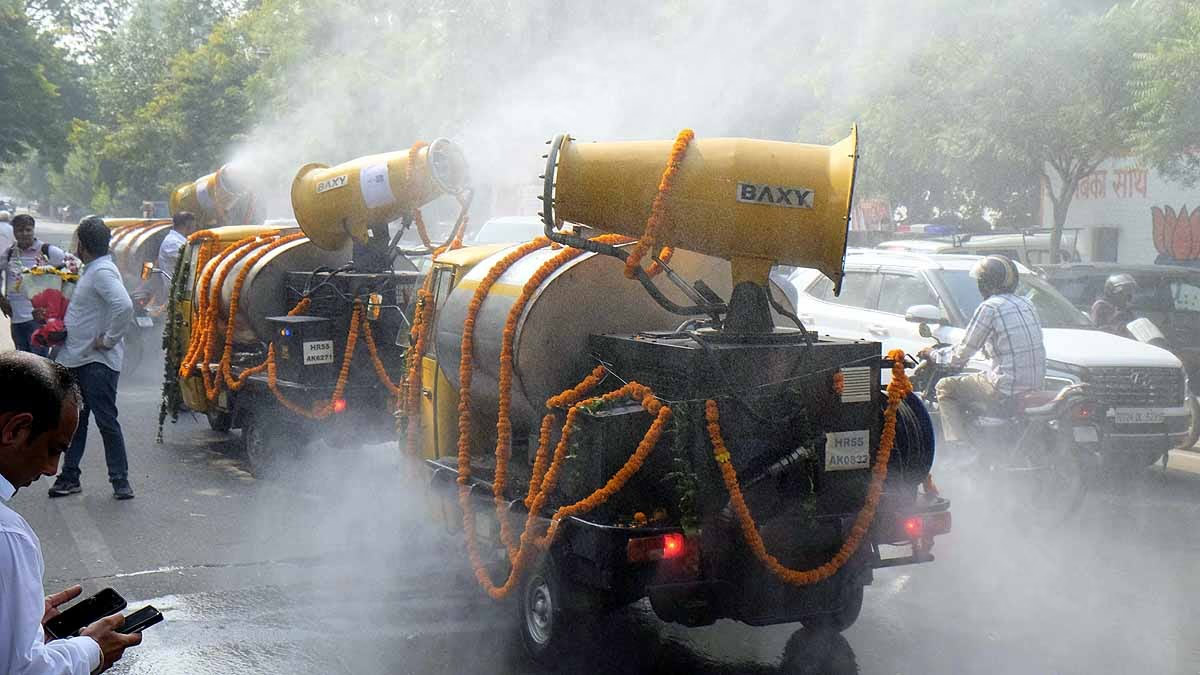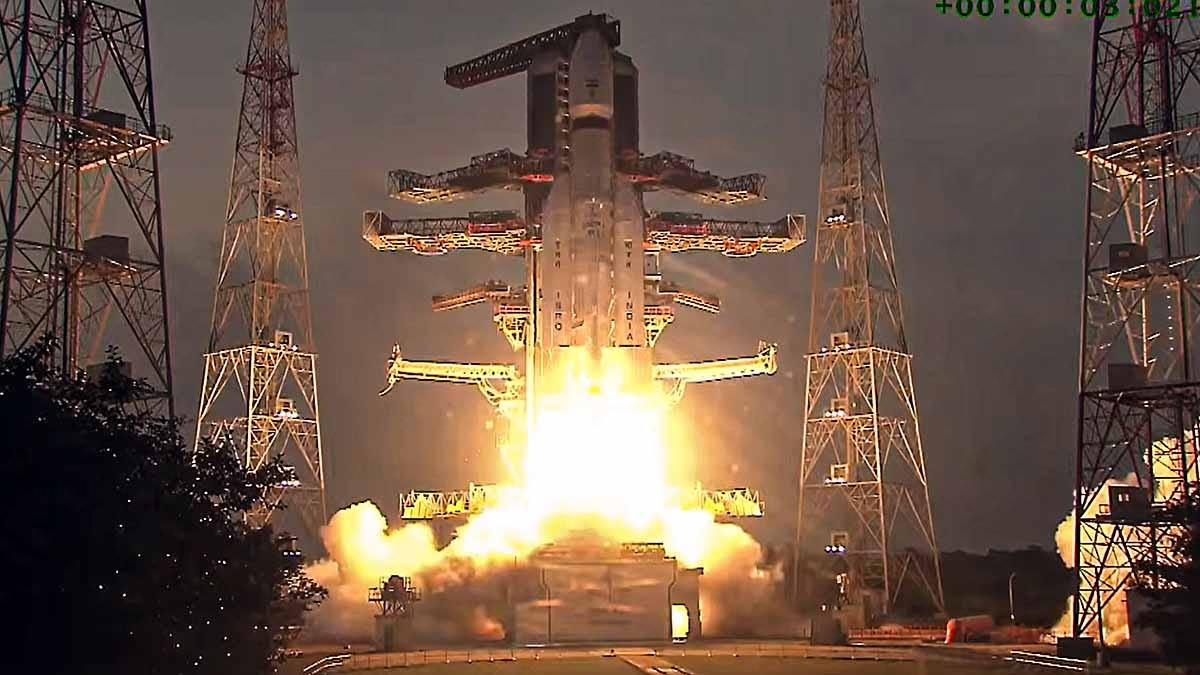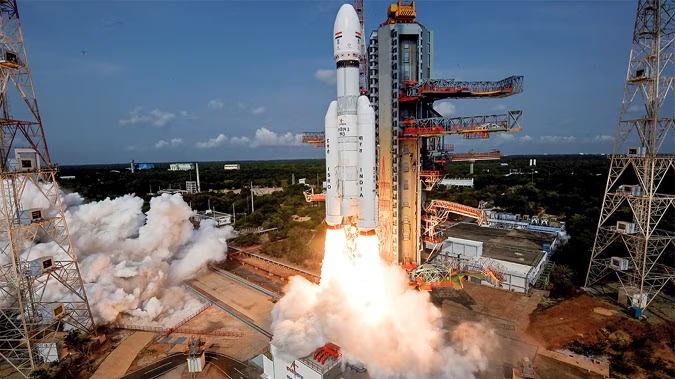First, let's understand the disparity in AQI readings recorded at various stations across these four major cities. This data, fresh from today, has been released by the Central Pollution Control Board (CPCB).
Mumbai...
41 to 139
Bengaluru...
37 to 146
Chennai...
76 to 185
Kolkata...
67 to 94
Now, consider
Delhi's situation...
ranging from 189 to 327. The pollution level in Delhi is at least double or more than any station in these metro cities. But why...
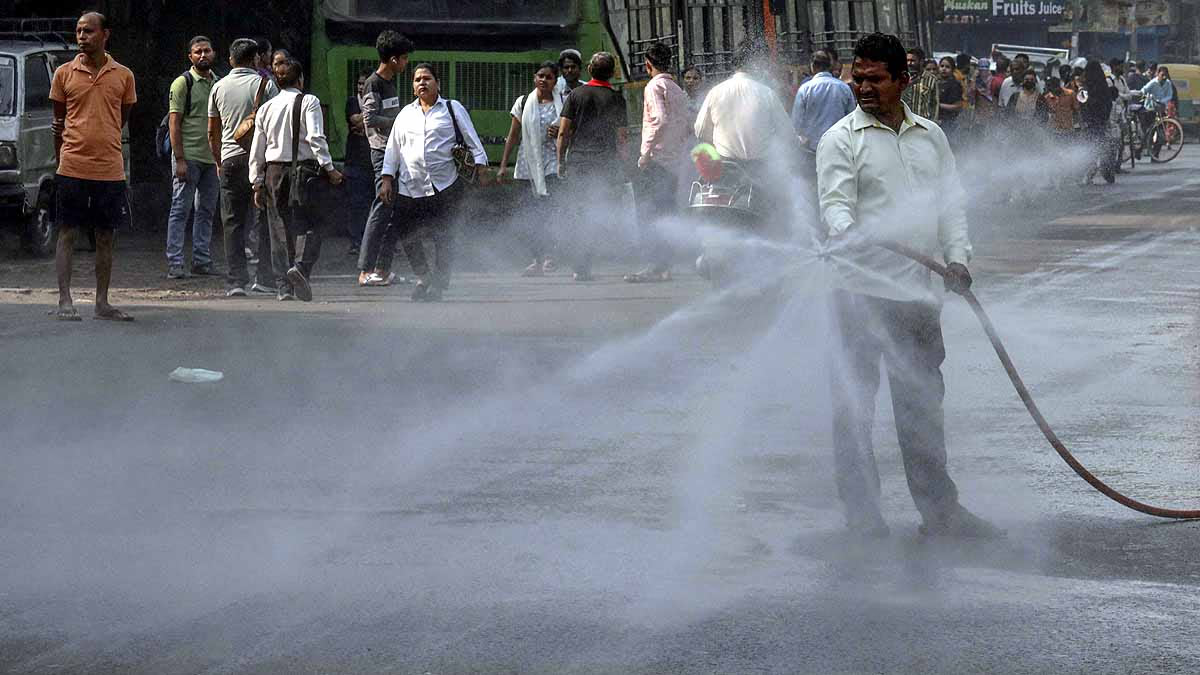
Source: aajtak
Five reasons for pollution in Delhi...
1. Stubble burning... The start of the poison
Every year, as winter approaches in Punjab and Haryana, remnants of previous crops are set ablaze. This practice, known as stubble burning, starts late this year due to the delayed monsoon, leading to prolonged burning in fields.
2. Wind direction... Aiding the spread of poison
The air in Delhi is significantly polluted by wind direction. Three factors — wind direction, speed, and humidity — contribute to the toxins that infiltrate Delhi-NCR’s air. Post-monsoon winds from Haryana-Punjab head towards Delhi, bringing dust particles all the way from Pakistan.
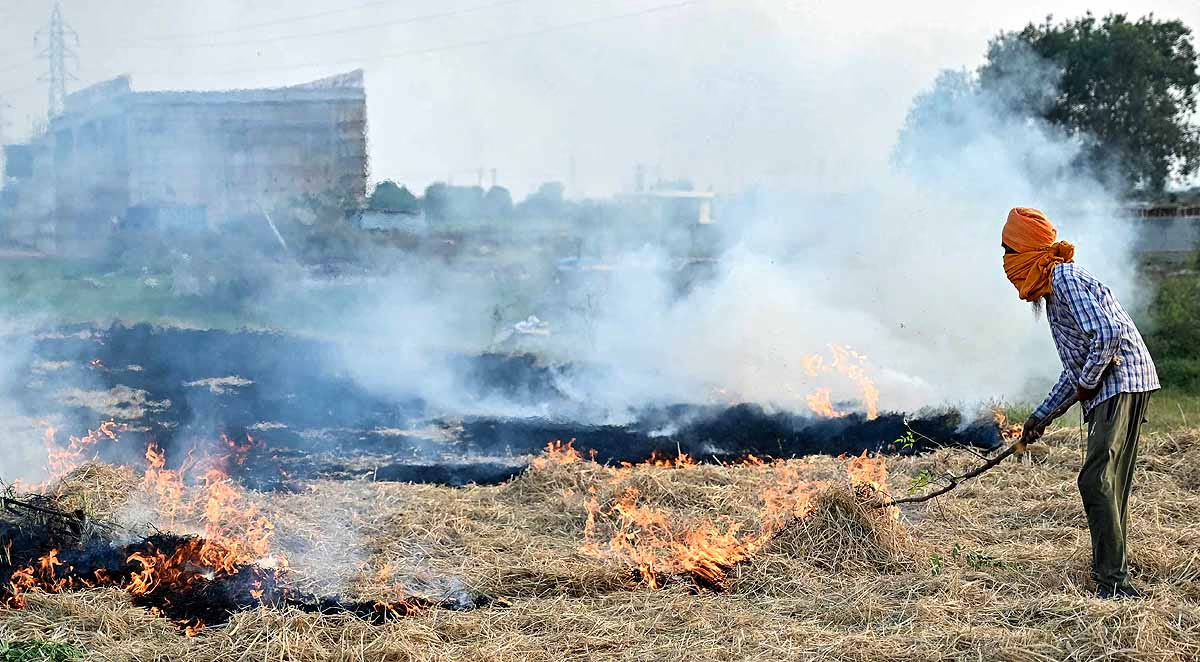
Source: aajtak
When combined with stubble-burning smoke, these factors form a heavy smog. Humidity levels immediately post-monsoon cause this smoke to linger close to the ground. Change in wind direction might provide relief.
3. Temperature fluctuations... Intensifying the poison
During Delhi’s winter, temperature inversion contributes further to pollution. This phenomenon causes a layer of warm air to trap cooler air below, confining pollutants close to the surface. Be it vehicular pollution, industrial emissions, or stubble burning — all contribute to this trap.
4. Vehicular pollution... Adding fuel to the fire
The population density of Delhi, combined with an excessively high number of vehicles, means that 25% of PM2.5 emissions stem from vehicular emissions. The surrounding industries emit gases and chemicals that escalate pollution levels.

Source: aajtak
5. Other sources of pollution... Compounding the trouble
Contributing factors include dry winds with sand particles from arid regions, chemical fallout from fireworks during Diwali, and biomass burning. According to an IIT Kanpur study, biomass burning accounts for 17-26% of PM emissions in Delhi-NCR.
With Diwali approaching, while there's a blanket ban on fireworks, adherence is challenging in practice. Hence, pollution reaches deadly levels. From clear summer skies to smog-clouded winter days, Delhi's air continues to deteriorate.
Why not other big cities?
Mumbai...
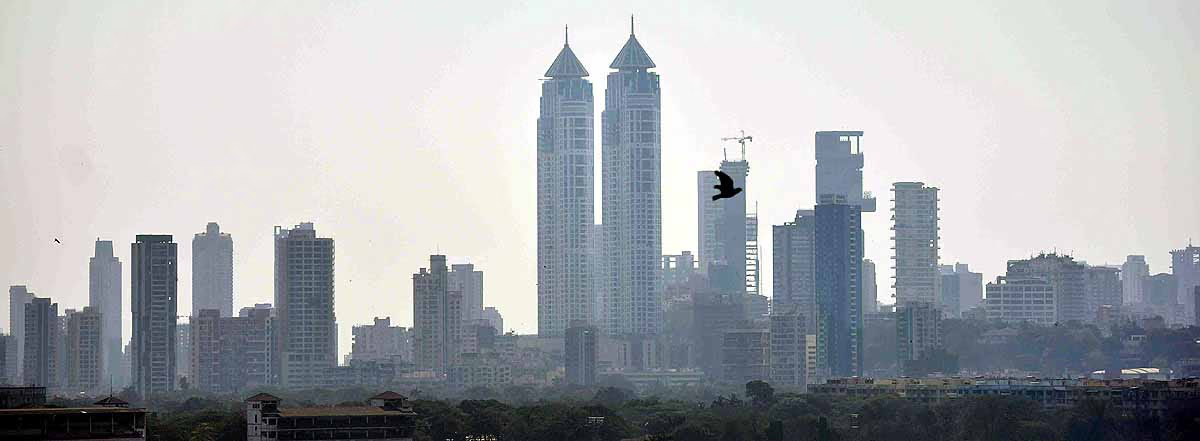
Source: aajtak
Being a coastal region is advantageous. The sea breeze aids in dispersing pollutants. With fewer industrial activities and a robust green cover like Sanjay Gandhi National Park, Mumbai benefits from better waste management. Ambient temperature and humidity remain moderate thanks to the sea.
Bengaluru...
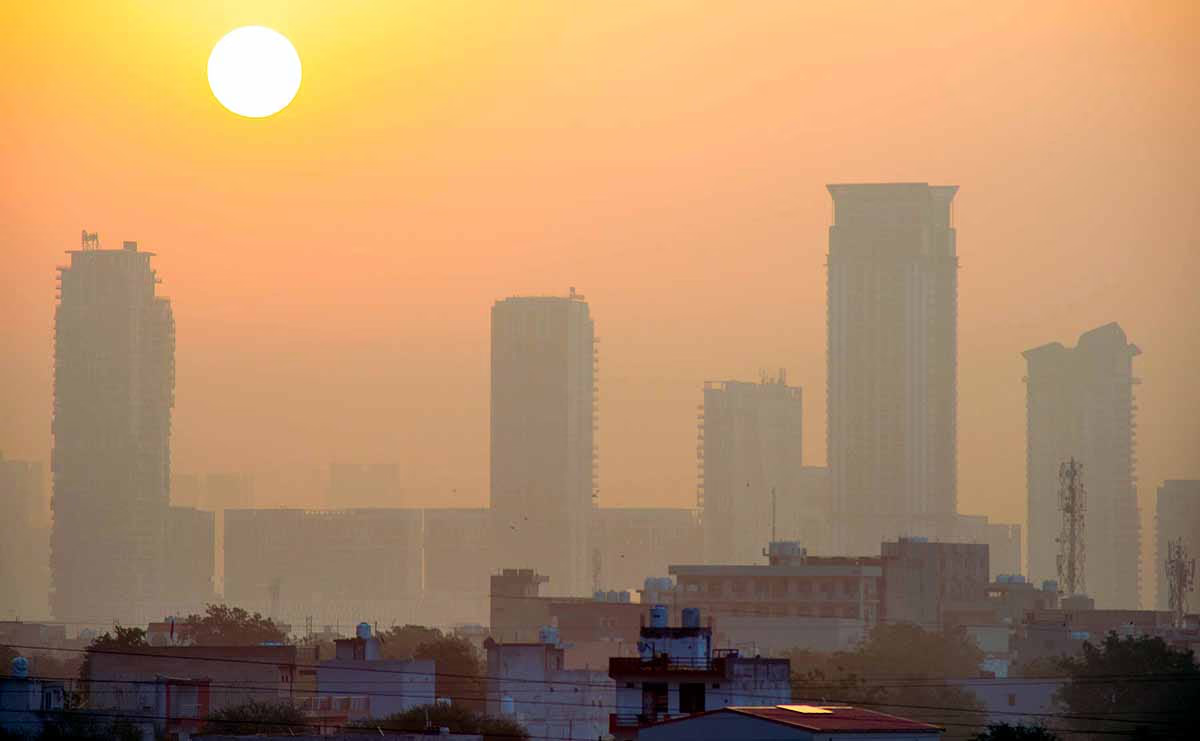
Source: aajtak
Known as the 'Garden City', its lush greenery and parks keep pollution in check. Being located at an elevation ensures pollutants are not static. Though an IT hub, it has minimal pollution-intensive industries. Waste management systems are superior, and the climate is generally pleasant.
Chennai...
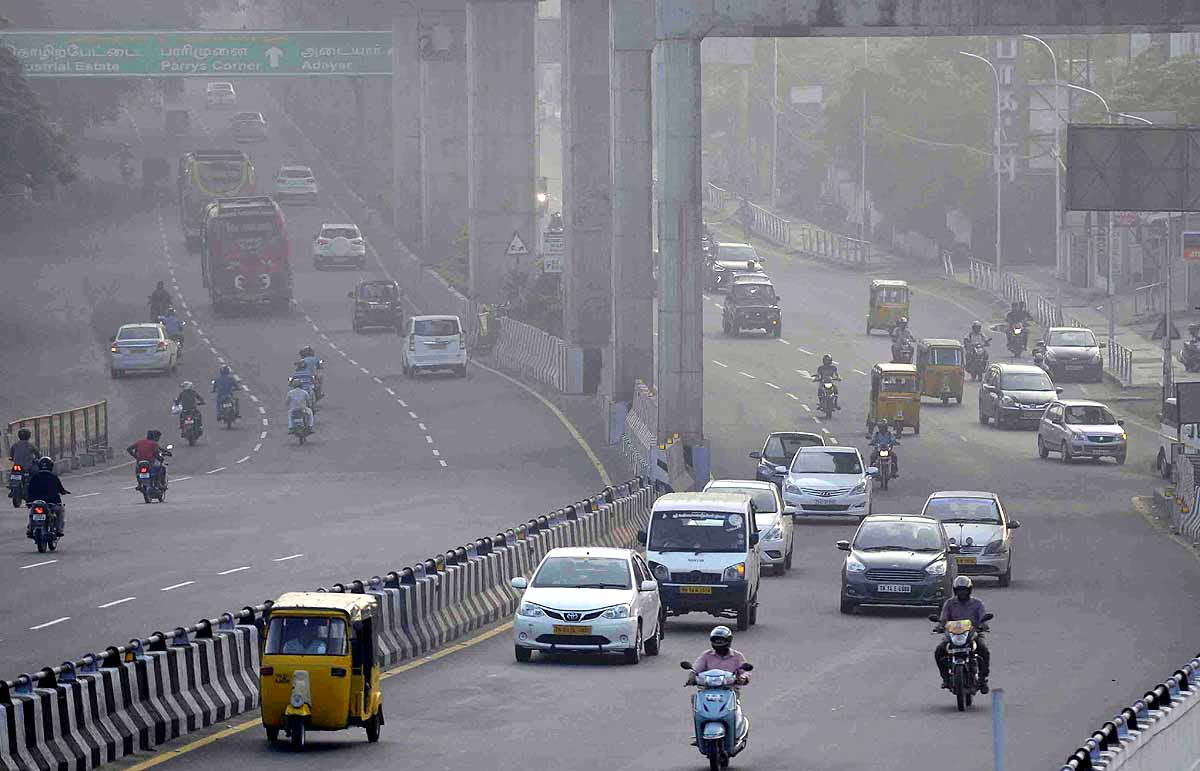
Source: aajtak
Much like Mumbai, its coastal location means oceanic breezes disperse pollutants. Outlying areas host industrial zones, keeping city pollution at bay. Historically a commercial hub, it has a low industrial footprint and proper waste management.
Kolkata...
Monsoon rains wash away much grime, benefiting from the vast Ganges region. Numerous parks, gardens, and wetlands help absorb pollutants. Sparse industrial activities further keep pollution low.
Why is it only Delhi facing such trouble...
Delhi, unlike its coastal counterparts, is landlocked, with no significant water bodies nearby. It's densely populated, constantly under construction, with high vehicular emissions. Stubble burning adds to this mess, with inversion traps worsening it. And despite three towering trash heaps, waste management remains a daunting task amidst rapid urbanization.
